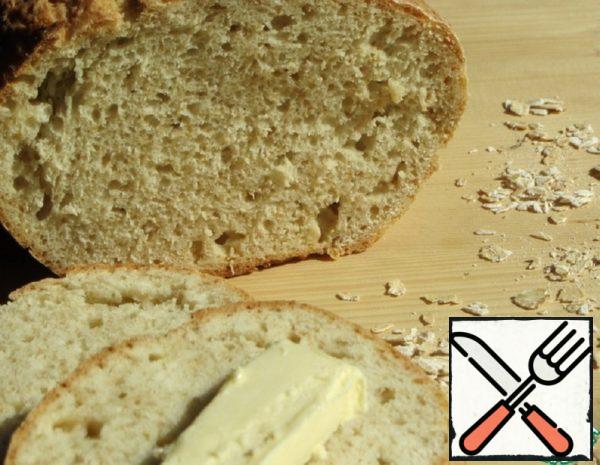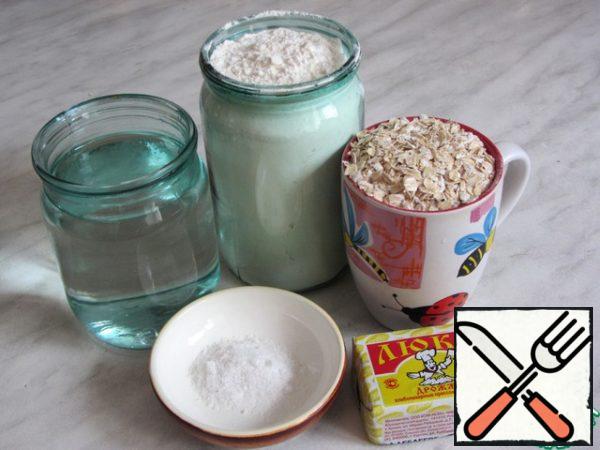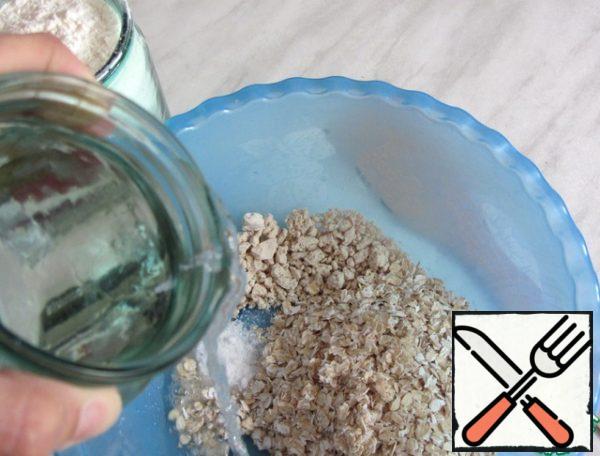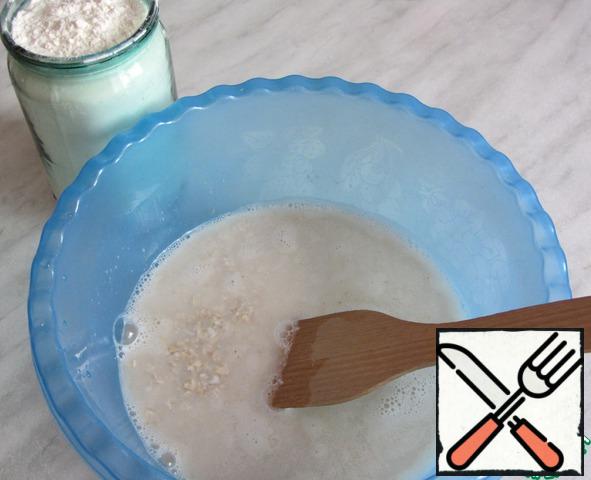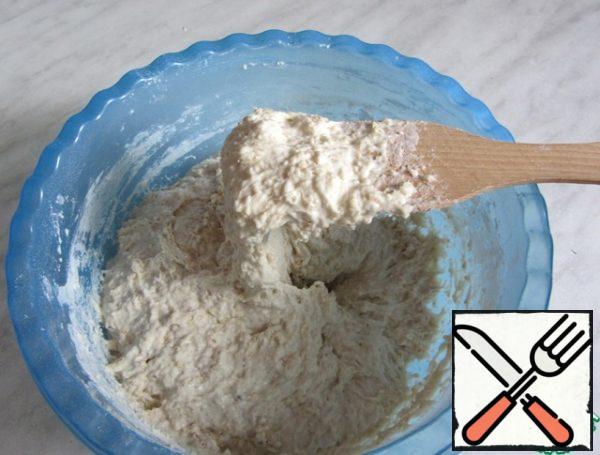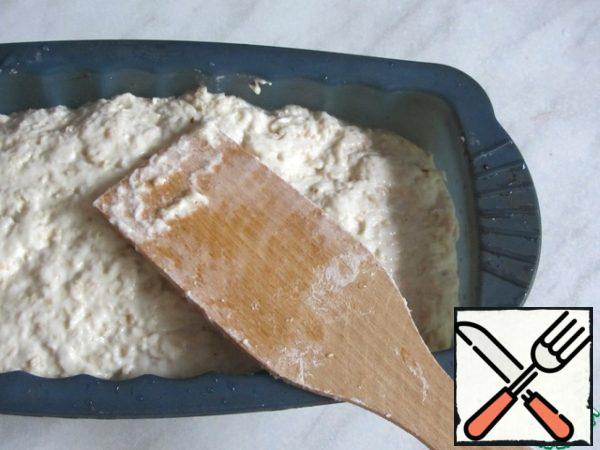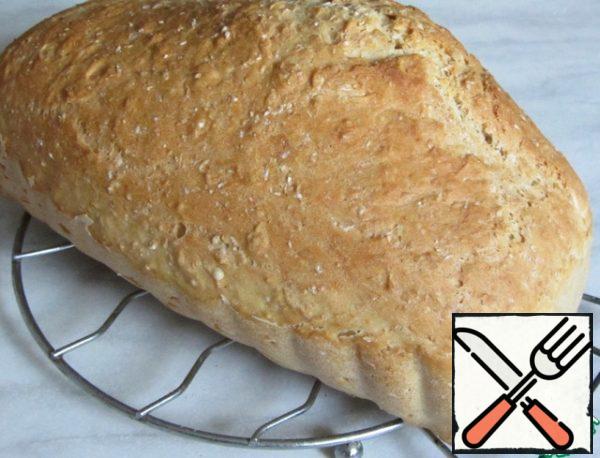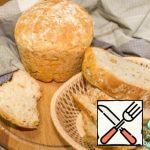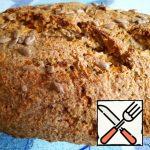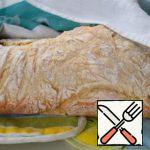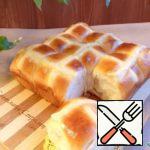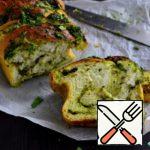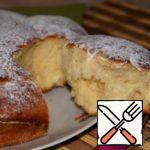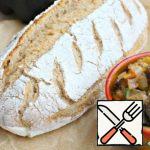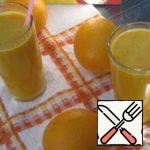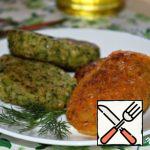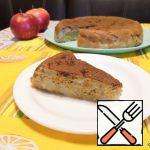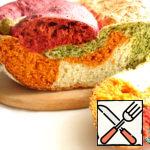The fastest bread! From the concept to the ruddy loaves about 1 hour, where your participation will be limited to a few minutes. No need to get your hands dirty, wander around for a day, knead, wait for a rise, create heat. Just mix everything with a spoon and send it to a cold oven. Try it and you will love this bread forever!
| Cook Time | 60 minutes |
| Servings |
loaf |
Ingredients
- 25 gram Yeast fresh
- 800 gram Flour wheat / Flour
- 1 teaspoon Salt
- 300 gram Oat flakes
- 500 ml Water warm
Ingredients
|
Instructions
- Take a couple of standard cans (volume 500 ml - water, 750 ml - flour) and a mug of cereal, a quarter of a hundred-gram packet of yeast and a spoonful of salt. If you use scales instead of cans for measurements, the amount of ingredients will be approximately the same: - flour 400 g (+/- 20 g) - flakes 160 g - water 500 g Bread turns out tastier and more intricate with a long cooking time (the cheapest). You can combine different types of cereals, but their total amount should not exceed the prescription.
- Prepare the baking dish. Lubricate the iron with silicone, sprinkle it with water. In silicone form, the bread turns out delicious, with smooth barrels, but this form expands during baking, and the bread grows not only up, but also to the sides. Transfer the dough to the mold, moistening the spatula with water, level the top.
